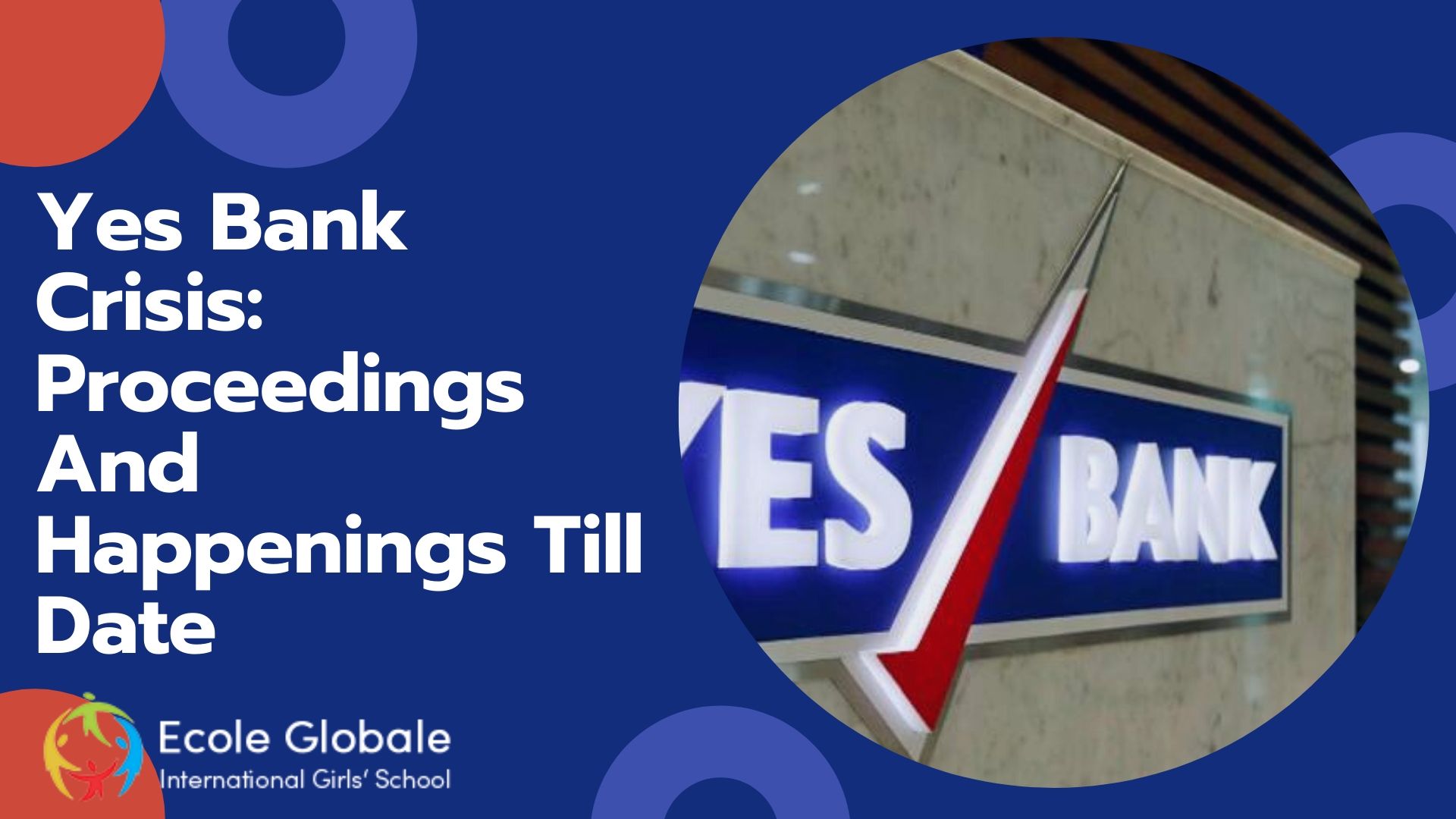The shares of Yes Bank were continually falling from some time. On Wednesday the shares of Yes Bank fell to about 3 per cent. The lenders had approached the mutual funds and other private investors to raise capital to save the bank.
There were reports that the Reserve Bank of India ( RBI) had to intervene the whole situation and were trying to come up with a rescue plan. On 5th March, the RBI released an instruction and prohibited the cash withdrawal of more than ₹50, 000 from Yes Bank. This is a month-long moratorium, and the announcement was made late on Thursday.
The RBI has released a statement ensuring the depositors that their funds will be safe and their interests will be fully protected. People have been advised not to panic as efforts are being made to control the situation. Depositors will be restricted to a maximum cash withdrawal of ₹50,000 and this limit will not exceed when if someone has multiple accounts, a government notification confirmed.
The withdrawal limit will be relaxed for genuine reasons such as medical emergencies, marriage fundings, higher education etc. The limit will be will raised to a maximum of 5 Lacs.
Such a drastic action has been taken after a long time by the Central Bank concerning a significant bank. Earlier in July 2004, a similar thing had happened, and a state-run Oriental Bank of Commerce (OBC) had to take over Global Trust Bank, to rescue it. The former deputy managing director of the State Bank of India, Prashant Kumar has been appointed to administer Yes Bank meanwhile, confirmed the Reserve Bank of India.
Inefficient Governance Standards
RBI said that the Bank lacked a credible revival plan and so moratorium had to be imposed in the interest of the public and depositors.
The RBI is working on an effective plan for the reconstruction and amalgamation of Yes Bank and with the help of the Central Government aims to impose the policy within 30 days. All possible steps are being followed to rescue the depositors and prevent them from developing any hardships, as per the statements released by the RBI officials.
The financial situation of Yes Bank had deteriorated because of the inability of the Bank to overcome the loan losses, handle the NPAs and raise capitals. There had also been issues relating to proper governance in recent years, that lead to a steady decline.
A wave of shock has presided over the customers who are trying to withdraw their funds from the Bank. People are facing problems as the Bank has blocked the Atm. The net- banking facilities of the Bank are also not operational since the evening of 5th March 2020.
The moratorium has also affected many e-wallet companies as problems are arising in the transactions made with the help of Yes Bank.
The NSE Nifty 50 index fell to 3.92 per cent on Friday. This was the lowest in over five months and had caused a 40 per cent slump in the shared of Yes Bank. The Sensex also dropped to 3.79 per cent to 37,011.09.
Timeline of the full scenario
Here is a brief of the various events that eventually led to the failure of the Bank.
- 30th August 2018
Rana Kapoor was assigned to continue as the MD and CEO of Yes Bank.
- 25th September 2018
Extension of Rana’s term till April 2019.
- 11th October 2018
Kon Ferry advisory was given the task to look for a new CEO.
- 17th October 2018
The RBI declined the extension of Rana Kapoor.
- 14th November 2018
Ashok Chawla and Vasanth Gujarati resignation.
- 27th November 2018
Yes Bank was downgraded by the Moody’s.
- 28th November 2018
Kapoor’s various illegal transactions were exposed. Bank denied any acknowledgement.
- 1st March 2019
Ravneet Gill appointed as the Managing Director and Cheif Executive Officer.
- 1st April 2019
Exposure of insider trading and other corrupt practices started to surge as SEBI probes.
- 18th July 2019
Kapoor pledged the situation of the Bank.
- 21st September 2019
2.75 percent of stakes were sold under the observation of Kapoor to the open markets, which led to a reduction in the equity by 6.89 per cent.
The general public is still in shock as to how the situation was not recognized for a long time. The entire board of managers have been suspended, and the proceeding is now taken over by the Reserve Bank of India.
In the past months, a major scam in the PMC bank Maharashtra had caused significant turbulence in the entire country. Stress is being subjected to the government to reinstate their banking policies and provide more security to the customers and depositors. A merger had also taken place sometime Bank to rescue them. Many public sector banks and private sectors hanks had been merged to neutralize the NPAs and improvise the banking condition all over the country.










Like!! Great article post.Really thank you! Really Cool.